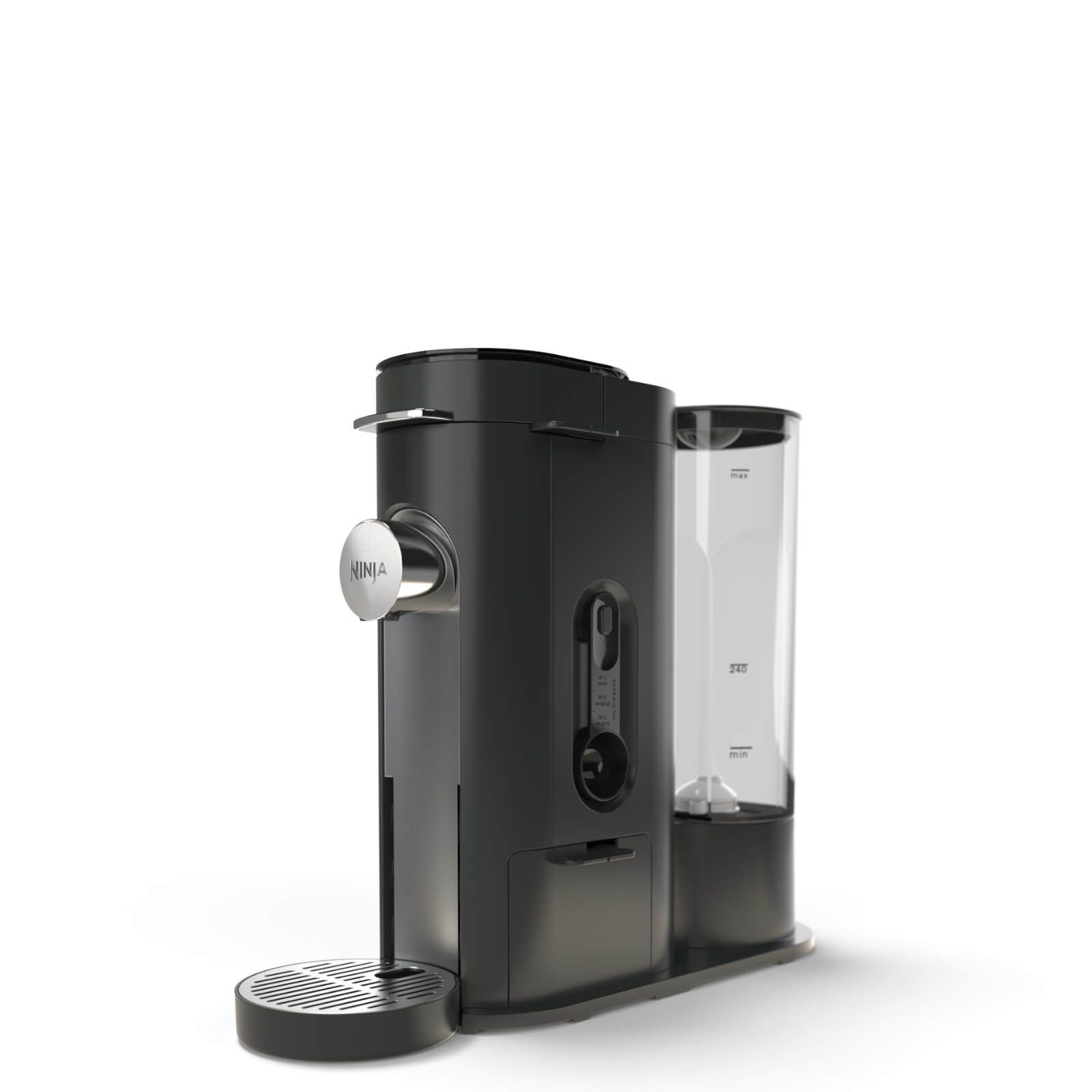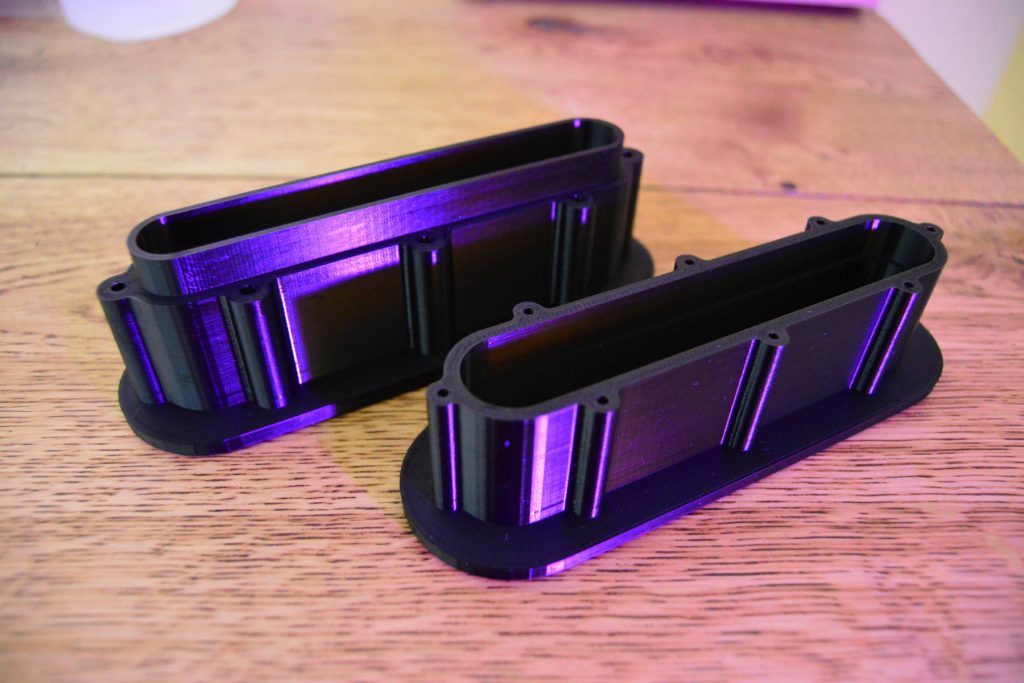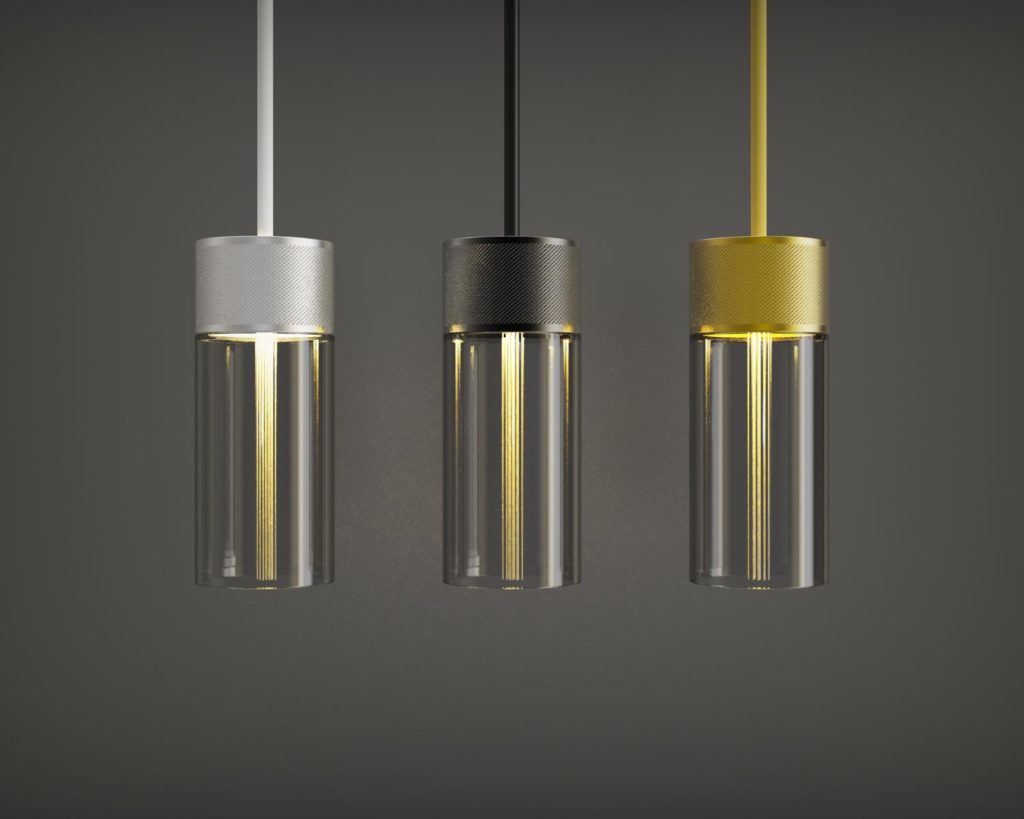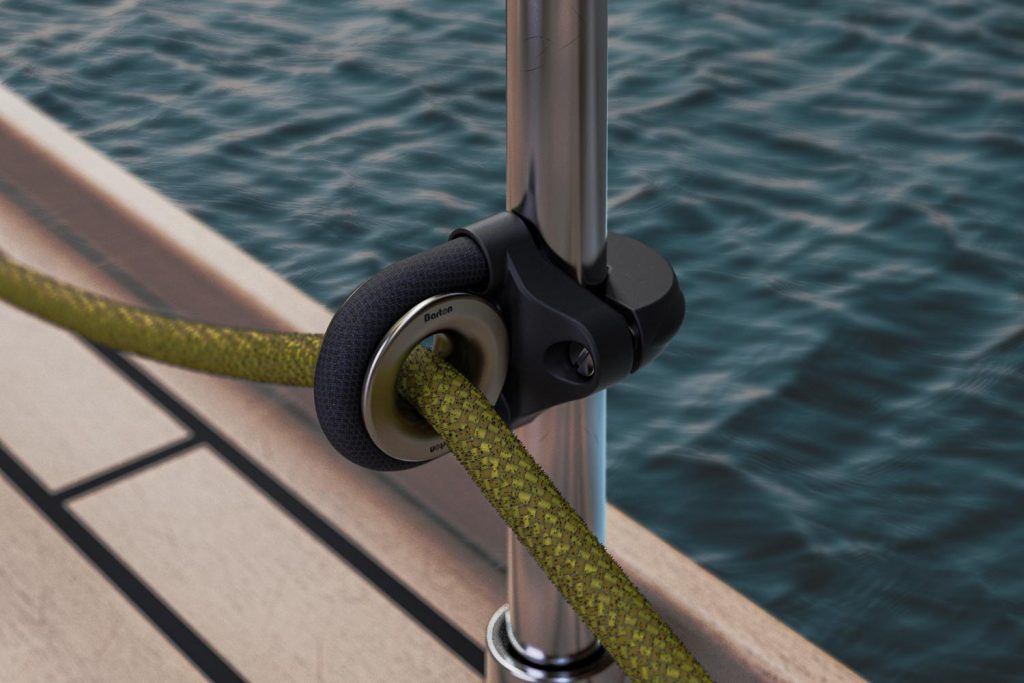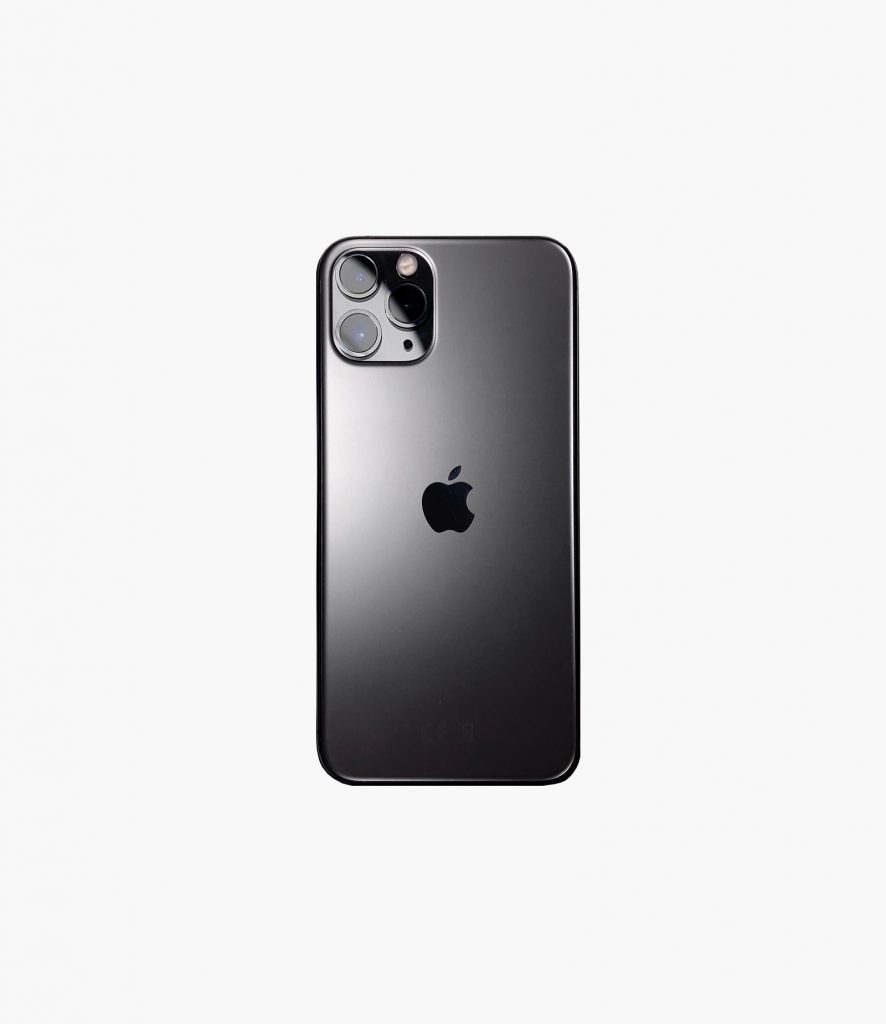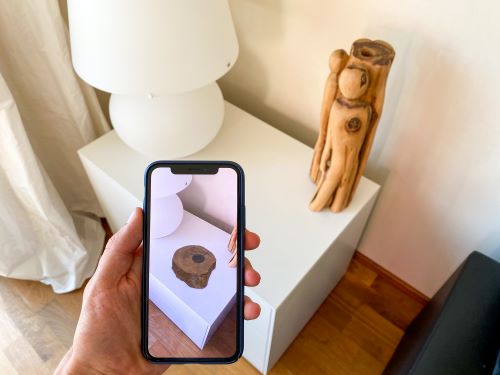The Power of Visuals: How Computer-Generated Images Drive Product Sales
In today’s fast-paced digital world, where visuals capture attention faster than words, leveraging the power of images has become more crucial than ever.
Whether you’re running an e-commerce store, a marketing campaign, or showcasing your latest product launch, visuals are the first thing potential customers notice. But what if the images you’re using aren’t just photos? What if they’re computer-generated?
Computer-generated images (CGIs) are reshaping how products are presented to consumers, offering limitless possibilities for creativity, precision, and engagement.
In this blog post, we’ll dive into how CGI can help sell your product and why more and more brands are adopting this technology.
1. CGI Offers Unmatched Creativity and Flexibility
One of the standout benefits of using computer-generated images is the sheer creative flexibility they offer. Unlike traditional photography, where lighting, locations, models, and other physical constraints can limit your creative vision, CGIs let you produce a perfect product image in any environment, setting, or style you desire.
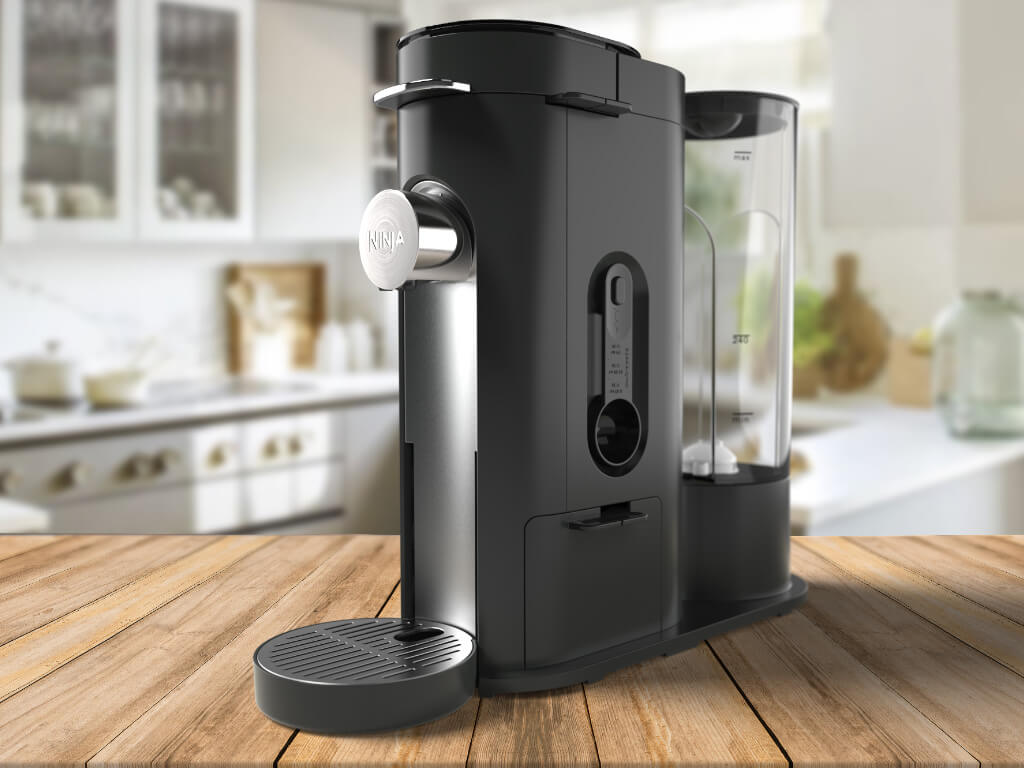
For example, if you’re selling a piece of furniture, you can create CGI that places the product in various settings: a minimalist open-plan apartment or a cosy living room, for example. It not only showcases the versatility of the product but also allows you to appeal to different customer preferences without the need for expensive photoshoots in multiple locations. The customer can imagine the furniture in a home like theirs (augmented reality is also a handy tool for this!)
2. Cost-Effective and Time-Saving
Traditional product photography can be expensive and time-consuming. Between location fees, photographer services, travel expenses, props, and model hire, the costs can quickly add up, and for a small business can be unreachable. Furthermore, if your product requires multiple images for different angles or variations, those costs can multiply quickly.
CGI, on the other hand, can significantly reduce production costs. Once the initial 3D model of the product is created, it can be rendered from any angle, in any lighting, and with any background – without incurring extra fees. This flexibility not only saves money but also shortens production timelines, allowing you to get your product to market faster, and start selling.
3. Superior Precision and Detail
When you use CGI for product visualisation, you can achieve an exceptional level of detail. Unlike traditional photography, where certain elements might be blurry, overexposed, or hard to highlight due to environmental factors, CGI can precisely render every aspect of the product down to the finest detail.
This means that customers can see your product in its best light (literally and figuratively).
For instance, if you’re selling a watch, CGI can focus on the intricate texture of the watch face, the reflection of light on the metal, and the subtle gradients of the materials – giving your customers an up-close, high-definition view that may be difficult to capture with a camera.
4. Enhancing Customer Experience with Interactive Models
One of the most engaging ways CGI can sell your product is through interactive 3D models. Imagine being able to let customers rotate, zoom in, and explore every angle of a product on your website. This kind of immersive experience builds trust and gives customers the confidence they need to make a purchase.
For example, in the fashion or automotive industries, companies have started offering interactive 3D visuals, allowing customers to explore products in real time. This interactivity is particularly valuable for online shoppers, as they often can’t physically touch or inspect the products they are buying.
5. Perfect for Customisation and Product Variants
If your product offers customisation options (such as different colours, sizes, or configurations), CGIs are an ideal way to showcase these variations. With traditional photography, every possible variant would require a separate photoshoot, which is not only expensive but also inefficient.
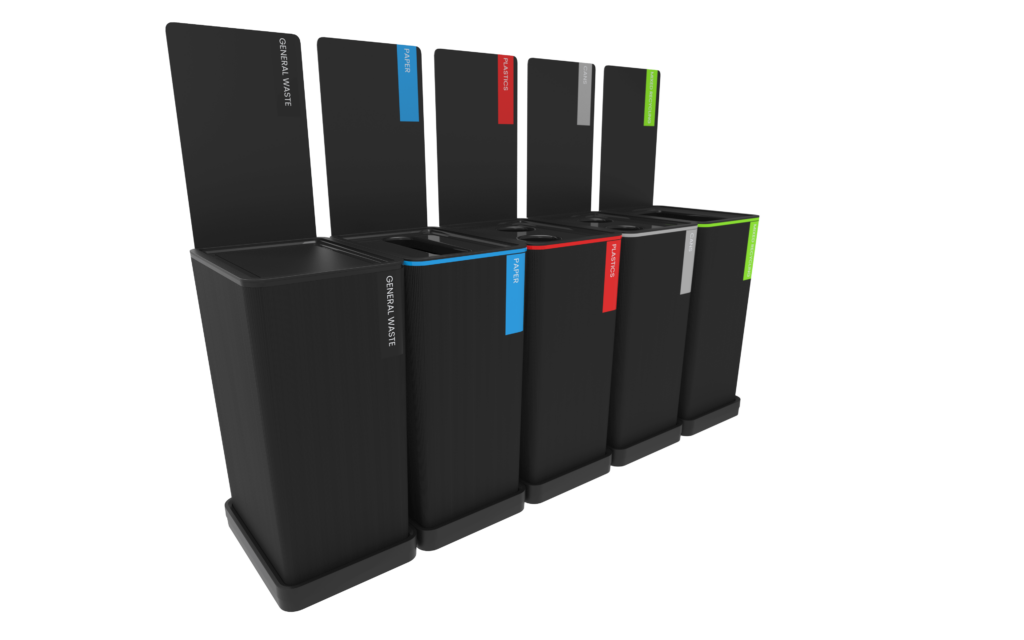
With CGIs, you can create a base model of your product and then simply adjust the colours, textures, and configurations in the digital file. This enables you to quickly and affordably present all your product variants, giving customers a better idea of how different choices look before they make a decision.
6. CGI Helps Establish Brand Identity
Your brand’s visual identity plays a huge role in how customers perceive your product. Using computer-generated images allows you to maintain consistency across all your marketing materials. Whether it’s a sleek, high-end look for a luxury product or a fun, playful vibe for a children’s toy, CGIs can be styled to match your brand’s aesthetic.
By keeping a consistent visual theme, CGIs help reinforce your brand’s messaging and create a cohesive look across websites, social media, advertising, and packaging. This visual unity strengthens brand recognition and customer loyalty, ultimately making your product more memorable.
7. Increased Accessibility for Customers with Limited Resources
Not every business has the budget for a full-fledged photoshoot, especially startups or small businesses. With CGI, you can level the playing field. Even companies with limited resources can create high-quality, professional-looking images that rival those of larger, more established competitors.
CGIs standardise the creation of high-quality visuals, allowing businesses of all sizes to compete in the marketplace by providing stunning images that capture the attention of their target audience.
GET IN TOUCH
Discover how achievable CGI could be for your business
8. Easier to Update and Adapt
Trends, promotions, and seasonal changes happen quickly and for a business that needs to refresh its content CGI offers a huge advantage. Instead of arranging a whole new photoshoot, you can update digital assets, adjust product features, and implement changes to your CGIs with a few clicks.
This makes it easy to stay current and relevant in your marketing efforts. Whether you’re introducing a new colour for your product or preparing a promotion, CGI allows you to make swift and effective updates without the hassle and expense of reshooting.
A note about AI-generated CGI
AI-generated CGI is also making its way into industries like e-commerce, product visualisation, and advertising. AI tools can quickly generate high-quality product images or animations from 3D models, helping companies showcase their products in various settings. This helps brands and retailers create stunning visuals without the need for expensive photoshoots or complex production setups.
While there is no doubt that AI-driven CGI offers tremendous potential and efficiency in many areas, there are also limitations and challenges that need to be considered, such as a lack of true creativity and difficulty with complex designs, along with ethical concerns.
We believe that AI can be used as a tool, but it needs to be supported by an expert who understands the image being created; someone who can spot anomalies and rectify where needed.
Conclusion
Computer-generated images offer an exciting opportunity to elevate your product marketing strategy. From saving time and money to offering limitless creativity, precision, and interactivity, CGIs are transforming how businesses showcase their products. By leveraging this technology, you can create visuals that not only attract attention but also inspire trust and confidence in your customers, ultimately driving sales and growth for your business.
If you haven’t yet embraced the potential of CGI, now is the perfect time to explore how they can take your product selling to the next level.
